BLOG-Lots of Little
- Published: May 16, 2015
Thursday was a busy, busy day. After a morning meeting with the kids’ pediatrician, Jeremy gave the family big hugs and set off on a pilgrimage to St Louis. His quest? To see the band Rush in concert for perhaps the final time. The children and I returned home to Yellow Springs to work our way through a full-packed schedule—a field trip to kindergarden for the four year old, a workshop on arts integration in education, a potluck with Community Solutions, and the K-12 art exhibition at the Yellow Springs High School.
After lunch downtown, we joined my four year old’s classmates at Friends Preschool and sang Slippery Fish among other circle time ditties until the bus arrived to take the prospective kindergarteners over to the elementary school. I drove over to Mills Lawn School separately and dropped off my oldest daughter in time to join art class with Miss Mineart. The preschoolers arrived on their bus and joined the kindergarten classes first on the playground and then in the classroom. My son and his peers folded themselves into the scene with a naturalness and ease that was only slightly wide-eyed.
With a bit of reluctance, I excused myself. On my own for a solid 45 minutes, I took the opportunity to walk over to the library and make a sliver of progress on the current community puzzle: Johannes Vermeer’s Girl with a Pearl Earring. This puzzle has proven crazy hard, the most challenging in recent years. Its pieces are almost entirely the same basic shape—animal-like with a head, a tail, and four legs—and found their place slowly through painstaking sorting by color and subtle variations in texture and shape.
The assembly process has offered an intimate exploration Vermeer’s composition. The sleek, falling gold and white-trimmed scarf, the blue turban, the oversized golden tapestry robe. The slight part of lips, the hollow behind her ear and neck, the pale but shadow smudged skin, and the out-of-proportion eyes that at once draw the viewer in and show the subject’s self imposed restraint. The figure is composed almost entirely in blues and yellows, two opposing hues on the color wheel and—interestingly—the ones whose appearance is least likely to be affected by colorblindness. The girl’s skin holds the only hints of red. Piece by piece, I’ve been unable to detect any green in the painting though originally experts believe the dark background was covered in an emerald green glaze, now entirely faded. I’ve scoured the puzzle pieces dozens of times now, often resorting pieces and revising strategy each time I enter the library in response to the community’s varied and sometimes chaotic approaches. The foreground figure has been complete since mid April and, for weeks now, the background has been our entire focus…Vermeer’s criss-crossing brush strokes that now appear deep blue or charcoal black with peppered flecks of gray soot and honey brown. The pile of loose pieces is whittled down to less than a hundred and the success rate of matches has rapidly increased in the last few days. We have worked past the stage of greatest toil and now are on the final roll which will complete the picture this very weekend.
When I pick up my son from preschool, he ticks off the complete cycle of his adventure from Miss Mary driving them to his sister’s school on the bus, his spin around her playground, the kids of the kindergarden classroom. The monument of the event is clearly not lost on him, and his excitement is not lost on me.At home, we wait for the high school to let out and my son’s babysitter to arrive. I then zoom up to Barbara Deer Kuss Science Center of Wittenberg University for a workshop on arts integration in classroom curriculum. The workshop is part of a Partners in Education program developed by the John F. Kennedy Center for the Performing Arts and sponsored locally by the Springfield Museum of Art, Wittenberg University, the Clark State Performing Arts Center, and area schools.
The attendees—who include Mills Lawn music teacher Jo Frannye Reichert and Deb House among other familiar faces—participate in an enactment of a fourth grade lesson on both adverbs and acting. At first, the lesson concentrates on language arts—the relationship of adjectives to the nouns and the similar relationship of the adverbs to verbs. Then, we play a game where a classmate must guess an adverb based on three verbs that she gives us to act out according to the secret adverb. While the classmate waits in the hall we pick out the adverb quickly. She returns and asks us to jump, dance, and hide which, of course, we do in turn quickly. By the time we find ourselves scampering behind chairs in the auditorium, the thought occurs several of us that, by now, this lesson would be out of control in the average fourth grade classroom. The obvious lack of focus and discipline is, of course, the main point that our presenter Karen Erickson wants to hit home. When we take our seats to critique this version of the action verb/adverb lesson, we all agree that no theatre standards or objectives were incorporated into the lesson and that, while the game was fun and memorable, it suffered for a lack of management and discipline. In a second version of the lesson, Erickson integrates education standards from theatre. She quickly “reviewed” previous material on acting for the class. What are the three tools of an actor? Mind, Body, and Voice. The most important of these she “reminded” us was the Mind, in particular, the actor’s imagination and concentration. The actor’s chief skill is concentration, and its biggest treat is showing off, drawing undue focus to ourselves rather than the concepts we set ourselves to convey. We were reminded of important Body elements, such as imitation and safe use of the performance space. Finally, she demonstrated the instrument that she would use to signal the group: a single chime indicated “Action” after direction was given, a double chime indicated “Freeze”. I listened to this review with a healthy bit of skepticism. Needless to say, theatre standards have changed since I was young and I felt a bit affronted by being warned against showing off. I sat on my hands however and schooled my discontent in order to see where Erickson was leading.
Erickson lead us right back to the verb/adverb game, but now we had a clear understanding of our responsibilities. A new volunteer left the room to think of three action verbs, this time with additional direction: Each action verb must be paired with a direct noun, i.e. the focus of the action. Think of three verb/direct noun noun, Erickson tolded the volunteer, such as jump the candlestick or hide a penny. With the volunteer out of the room, my neighbor suggested that we try the adverb sleepily. The class agreed, and we invited the volunteer back into the classroom. On cue, we mimed weeding the garden, climbing a ladder, and pushing a car all with great effort and wide, terrific yawns. We entered and exited the action under the Erickson’s direction using the chimes and, after all actions were completed, Erickson asked our volunteer to guess our adverb. “Tiredly” she said. Erickson turned back to us and directed us to climb a ladder tiredly. The yawning ceased but we climbed our ladders with reluctance and a degree of effort. “Ah, this is different,” our volunteer noted, and again we were directed to climb the ladder with our chosen adverb. Again we became sleepy souls, yawning and on the verge of nodding off even as we took the ladder rung by rung. “Exhaustedly?” our volunteer hazarded and again Erickson cued us to climb the ladder this time exhaustedly. Deb Housh feel to the floor in a heap after one valiant attempt to progress upward. Others stretched and strained with little to no progress. “Ok, not quite exhaustedly”, our volunteer reasoned, “but somewhere in between.” Erickson asked us one more time to climb our ladders and we concentrated in this final revision to give a clear image of a person fighting off sleep despite their dangerous task.
The class as a whole was mightily impressed—and I admittedly embarrassed by my earlier skeptism—that the acting game could be so completely transformed as a teaching process. Its unanticipated redemption was achieved by the integration of the theatre discipline and an accelerated revision process in which we could consider the elements that made the difference between confusion and clarity.
I tore myself away from the workshop to reunite briefly with my children and send them off with friends to the evening art exhibit at the high school. I turned in the opposite direction to attend a potluck at Antioch College with members of the Yellow Springs Resilience Network a group dedicated to confronting climate change through sustainable practices in energy, transportation, food, waste, housing, and the economy. I joined the group at 7pm just as they were wrapping up series of film shorts sponsored by Community Solutions. Just in time for the small group discussion, I loaded a dinner plate with a beet salad, quiche, and artichoke dip and sat down at the table labeled Waste. Other tables were labeled Energy, Economy, Food, and Transportation. As a firm advocate over reuse over recycle, I advocated for a education program that encouraged village residents to process 60% or more of their waste stream into compost and to eliminate as much plastic from the stream as possible. Recycling has its place but, since that place is increasingly at overseas processing plants, its carbon footprint of the process is significant.
Perhaps I find managing the village’s waste cycle oddly engrossing but I also looked wistfully over at Food table and its membership locked in animated discussion. I was deeply curious about what was happening around the room. When each group briefed out its internal discussion, the larger group got a chance to tip into each debate. A couple of ideas seemed ready to take root, specifically, a time bank for area professionals and the planting of fruit and nut trees by the Yellow Springs Tree Committee. The idea with the time bank is that people would give from their skill set in exchange for other services of comparable value. The village has a long tradition of establishing time banks but the goal would be to create a bank that would positively affect the village economy. As we learned at the recent Antioch College charette in its discussion of living communities and urban planning, the more connected a people or place is the more resilient they tend to be. A time bank will allow to people discover the skills in others around them, and with those skills discover opportunities to innovate and accomplish what by ourselves we’d have much difficulty in achieving.
The villagers gathered at this potluck are hungry for action, for measurable achievements in efforts that many of us have long understood must get underway. As a life-long student of Cornell University’s agriculture program, a disciple of food activist Mark Bittman, and a researcher in distributed cooperative intelligence, I’ve thought a lot about these community projects and have a firm-formed opinion about where I’d like us to be. As a consequence, I talked a lot at the Thursday potluck. Too much I realize. Our thoughts have to get off the page and be put into action. For me, action means finding hosts for hoop houses to grow the nutritious food into the fall and winter months. It means supporting the Tree Committee and planting fruit and nut orchards in village’s open spaces. I want to replace the crumbling asphalt path on Xenia Avenue south of Herman with a durable stroller path to promote walking and ridership. I want to add Water to the list of items that the villagers care deeply about so that, even in our comparative plenty, we act as conscientious stewards of this essential resource. I want inspire people to fully engage with their food system—leaving little to the whims of mega corporations and their questionable scruples—and instead investing their labors into nurturing the giving earth and the cycle of life that it struggles to preserve.
All that may seem a whale of a lot for one person to tackle but, as a Yellow Springs villager, I know I’m not just one person. I believe in planting lots of little. Some seeds triumph, some struggle, some are whisked away by time and trouble. Ideas like organisms in permaculture flourish in a mobilized community. The importance is to act and to add to our chosen verb of action the appropriate modifiers—resolutely, unceasingly, diligently—so that the word urgently does not overwhelm us.
The Yellow Springs News encourages respectful discussion of this article.
You must login to post a comment.
Don't have a login? Register for a free YSNews.com account.




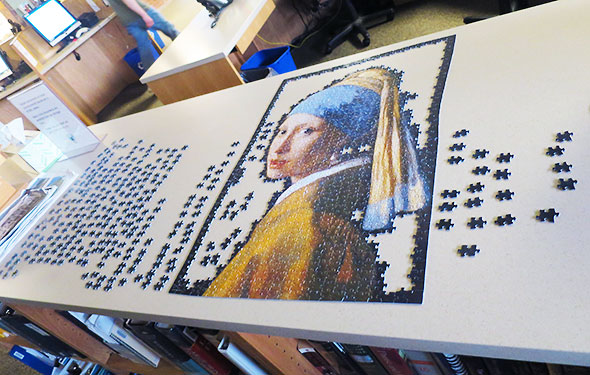


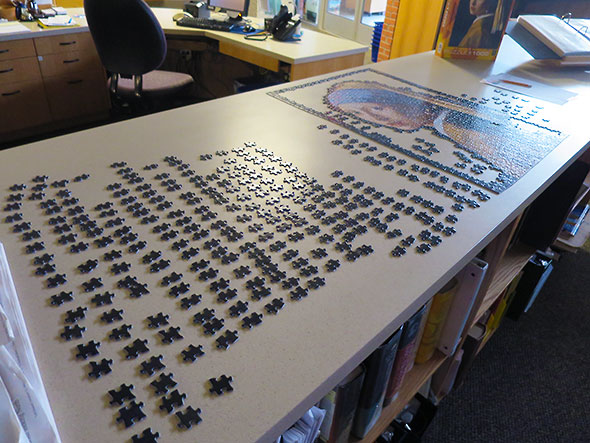
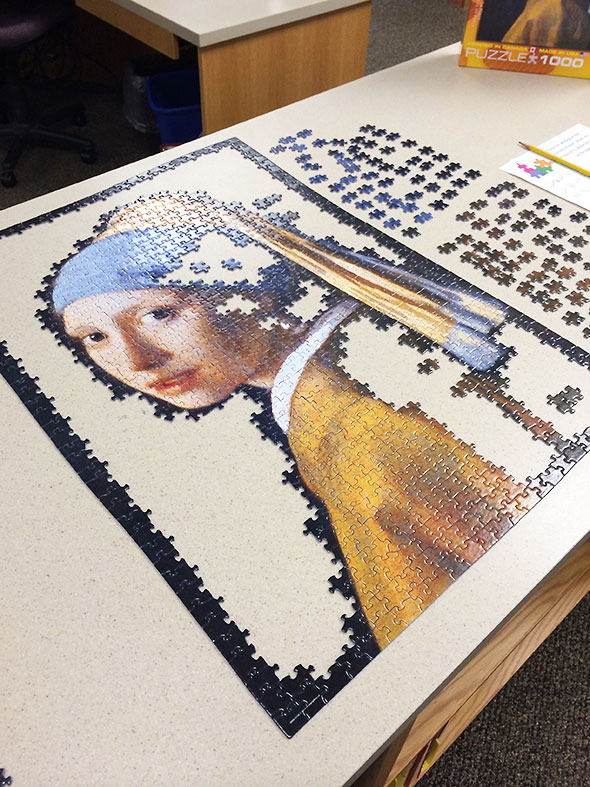
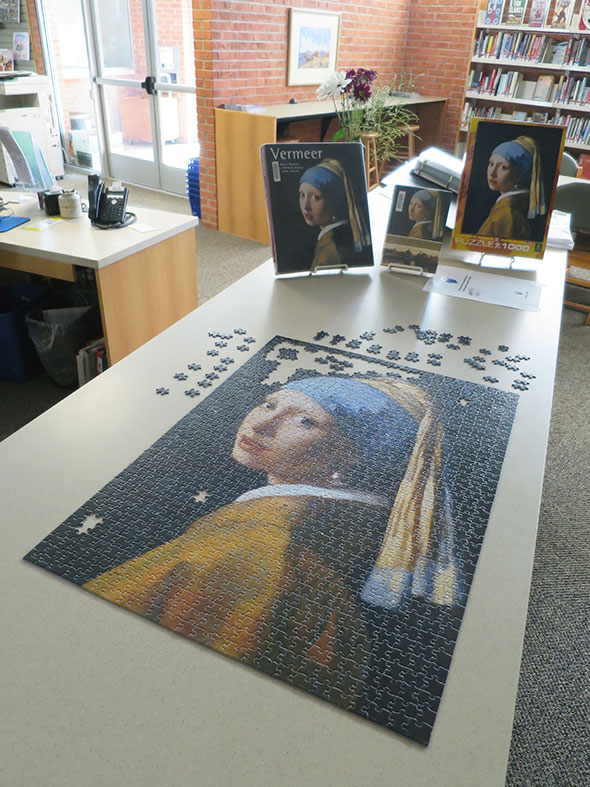
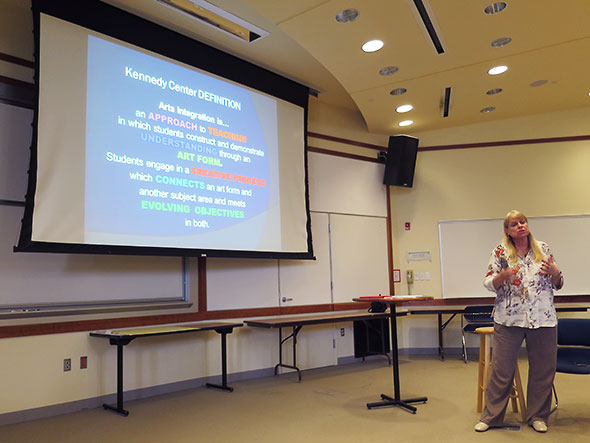
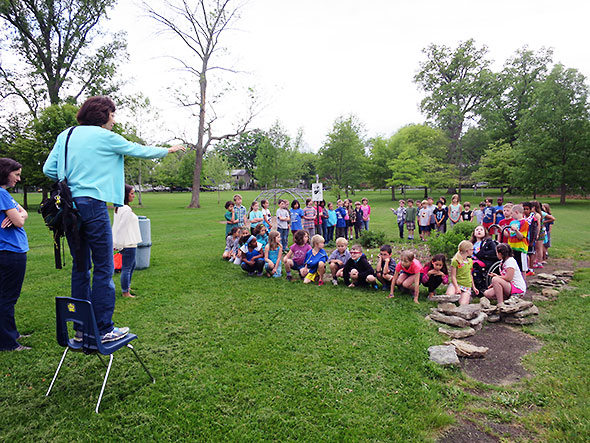









No comments yet for this article.